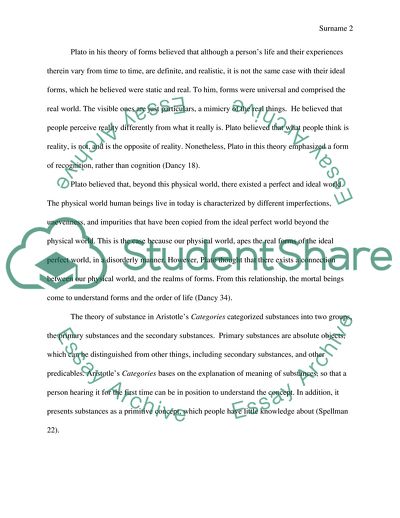Cite this document
(The Theory Forms by Plato Essay Example | Topics and Well Written Essays - 1250 words, n.d.)
The Theory Forms by Plato Essay Example | Topics and Well Written Essays - 1250 words. https://studentshare.org/philosophy/1793102-analytical-essay-1
The Theory Forms by Plato Essay Example | Topics and Well Written Essays - 1250 words. https://studentshare.org/philosophy/1793102-analytical-essay-1
(The Theory Forms by Plato Essay Example | Topics and Well Written Essays - 1250 Words)
The Theory Forms by Plato Essay Example | Topics and Well Written Essays - 1250 Words. https://studentshare.org/philosophy/1793102-analytical-essay-1.
The Theory Forms by Plato Essay Example | Topics and Well Written Essays - 1250 Words. https://studentshare.org/philosophy/1793102-analytical-essay-1.
“The Theory Forms by Plato Essay Example | Topics and Well Written Essays - 1250 Words”. https://studentshare.org/philosophy/1793102-analytical-essay-1.


